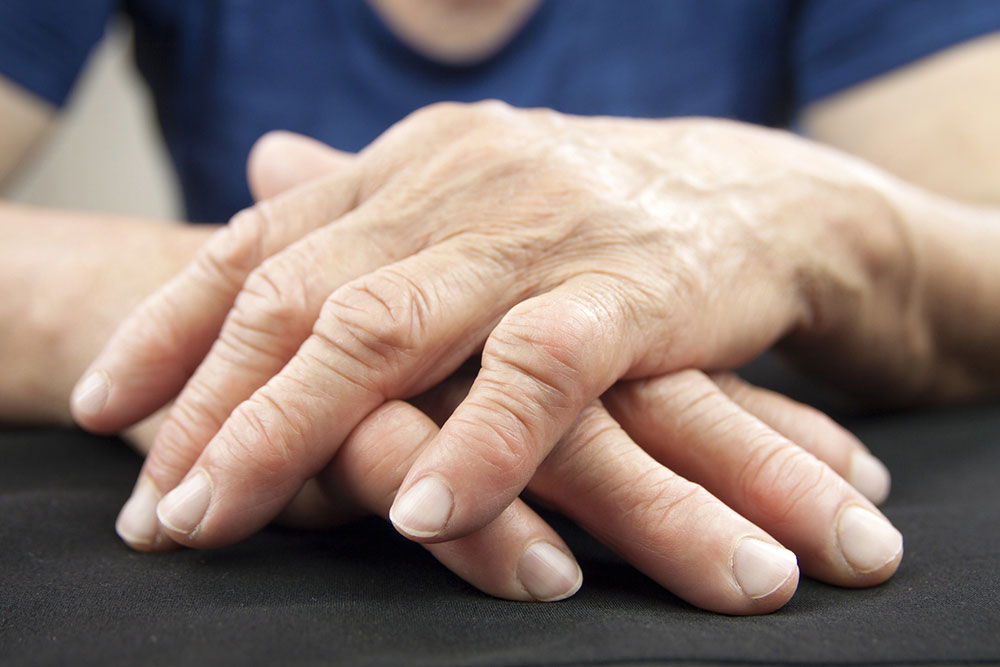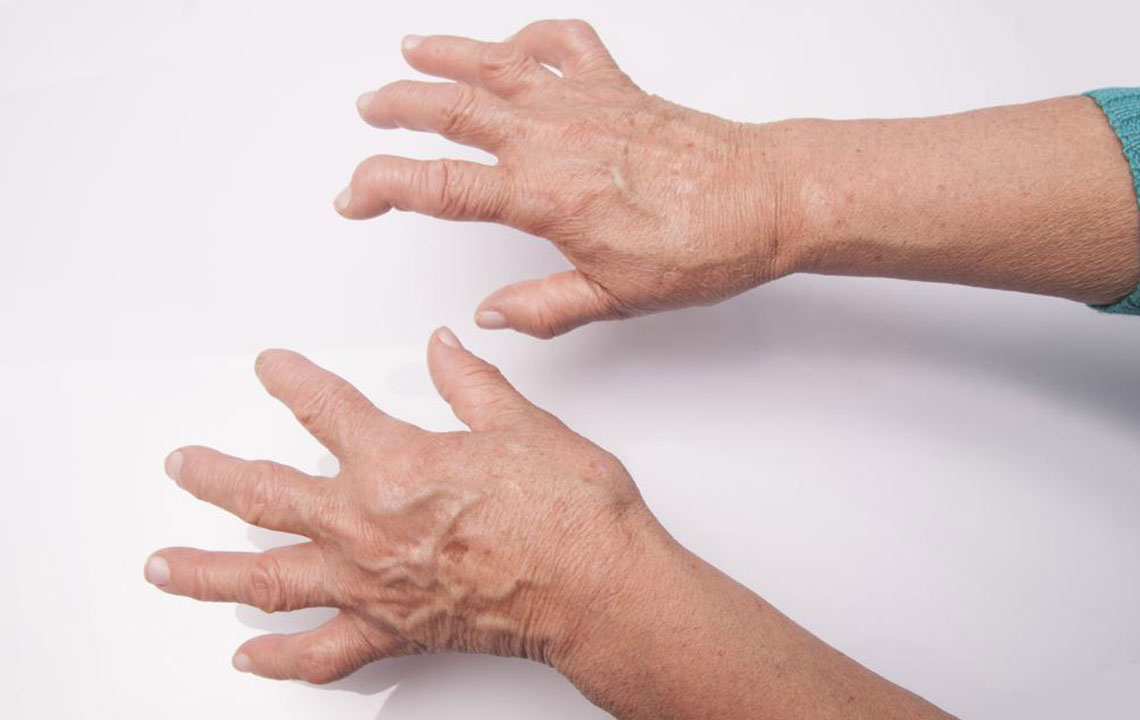Comprehensive Guide to Rheumatoid Arthritis: Recognizing Symptoms, Understanding Causes, and Effective Management Strategies
This comprehensive guide explores rheumatoid arthritis in depth, covering its key symptoms, causes, risk factors, and effective management strategies. Learn how early diagnosis and a combination of medical treatments, lifestyle adjustments, and supportive therapies can improve quality of life for those affected by this autoimmune disorder, helping to prevent joint damage and systemic complications.

Comprehensive Guide to Rheumatoid Arthritis: Recognizing Symptoms, Understanding Causes, and Effective Management Strategies
Rheumatoid arthritis (RA) is a complex, chronic autoimmune condition that primarily targets the joints, leading to persistent inflammation and potential joint destruction. This disease affects millions worldwide, impacting daily life and overall health if not properly managed. Understanding the intricacies of RA—its symptoms, underlying causes, and various approaches to management—can empower patients and caregivers to take proactive steps toward controlling the disease and maintaining quality of life.
RA is classified as an autoimmune disorder, where the immune system mistakenly recognizes the body’s own tissues as foreign invaders. This misplaced immune response triggers inflammation in the synovial membranes—the lining of the joints—leading to swelling, pain, and eventual damage to cartilage and bone. The process is progressive, often exacerbating over time if left untreated, and can sometimes extend beyond joints, affecting organs such as the heart and lungs, which can result in serious systemic complications.
This comprehensive guide explores the main symptoms of rheumatoid arthritis, delves into its possible causes and risk factors, and discusses various management strategies that include lifestyle changes, medication, and alternative therapies.
Identifying the Symptoms of Rheumatoid Arthritis
Chronic joint inflammation characterizes RA, and the symptoms can vary widely among individuals, presenting in mild, moderate, or severe forms. Often, the initial symptoms are subtle and can be mistaken for less serious conditions, which makes early diagnosis vital. Recognizing these signs early can prevent or slow joint damage and improve long-term outcomes.
Typical symptoms include:
Joint Stiffness: One of the hallmark signs, stiffness is often most prominent in the morning or after periods of inactivity. It frequently affects smaller joints such as fingers, wrists, and toes but can soon involve larger joints like knees and shoulders. This stiffness can last for an hour or more and tends to improve with activity.
Joint Pain: Persistent pain in affected joints is common, often worsening with movement. Pain may be dull or throbbing, and persistent discomfort can severely impact daily tasks and mobility. Over time, pain may also occur during periods of rest, indicating ongoing inflammation.
Swelling and Tenderness: Inflamed joints become visibly swollen, warm, and tender to touch. This swelling results from excess synovial fluid produced as the immune system responds to the inflammation. The joint may also appear enlarged, and the swelling can limit the range of motion.
Fatigue and Malaise: Feeling unusually tired or exhausted even after adequate rest is common in RA patients. Chronic inflammation impacts systemic energy levels and can lead to overall feelings of malaise and decreased motivation.
Fever and Low-Grade Illness: Mild fevers may be present during flare-ups, signifying active inflammation. Other systemic symptoms may include weight loss and general weakness.
Numbness and Tingling: In some cases, inflammation can press on nerves, leading to tingling sensations, numbness, or weakness, especially in the extremities.
Additional Symptoms: As the disease progresses, joint deformities, skin rashes, and dry eyes or mouth may develop, indicating systemic involvement.
What Causes Rheumatoid Arthritis? Exploring Risk Factors
The exact cause of RA remains elusive; however, scientific research suggests a combination of genetic, environmental, hormonal, and immune system factors contribute to its development.
Genetics: Certain genetic markers, such as the HLA-DR4 gene, are associated with increased susceptibility. A family history of RA or other autoimmune disorders heightens risk.
Environmental Triggers: Exposure to environmental elements like cigarette smoke, pollutants, and certain infections may trigger immune dysregulation in genetically predisposed individuals.
Hormonal Factors: Women are disproportionately affected, with hormonal fluctuations possibly influencing disease onset and progression. Pregnancy and hormonal therapies may impact disease activity.
Immune System Dysfunction: The core issue involves an abnormal immune response where the body perceives joint tissues as threats, leading to chronic inflammation and tissue destruction.
Additional risk factors include obesity—due to the inflammatory nature of adipose tissue—and smoking, which exacerbates immune system imbalance and inflammation. Age is also relevant, with most cases diagnosed after age 40, although RA can occur at any age.
Managing Rheumatoid Arthritis: Strategies for Living Well
While there is currently no cure for RA, early diagnosis coupled with comprehensive management can significantly reduce symptoms, prevent joint damage, and improve life quality. Treatment plans are individualized and often involve a combination of medication, lifestyle modifications, and supportive therapies.
Effective management approaches include:
Medications: Disease-modifying anti-rheumatic drugs (DMARDs)—such as methotrexate—are the cornerstone of treatment, aiming to slow disease progression. Biologic agents targeting specific parts of the immune system, corticosteroids for rapid symptom relief, and NSAIDs to reduce pain and inflammation are also commonly prescribed.
Physical Therapy: Guided exercises and physical therapy help maintain joint flexibility, improve strength, and reduce stiffness. A tailored exercise routine can also minimize muscle wasting and improve overall mobility.
Lifestyle Changes: Adopting anti-inflammatory diets rich in omega-3 fatty acids (found in fish oil), fruits, vegetables, and whole grains can support joint health. Maintaining a healthy weight decreases joint stress, while quitting smoking reduces inflammation and immune dysregulation.
Rest and Joint Care: Ensuring adequate rest and avoiding overuse of affected joints help reduce flare-ups. Applying cold packs or heat modalities can alleviate pain and stiffness temporarily.
Complementary and Alternative Therapies: Acupuncture, yoga, and herbal supplements may offer additional relief and improve overall well-being, but always consult healthcare providers before starting any new treatment.
Regular Monitoring: Routine check-ups, blood tests, and imaging studies are essential for assessing disease activity, managing medication side effects, and adjusting treatment plans accordingly.
Living with Rheumatoid Arthritis: Tips for a Better Quality of Life
Beyond medical treatments, patients can adopt various strategies to enhance daily life. Stress management techniques, such as mindfulness and meditation, can help reduce flare-ups. Maintaining strong social connections and seeking support from patient groups foster emotional resilience.
Education about the disease empowers patients to recognize early warning signs of flare-ups and adhere strictly to treatment regimens. Environmental modifications, ergonomic tools, and assistive devices can compensate for joint limitations and improve independence.
In conclusion, understanding rheumatoid arthritis, its symptoms, causes, and management options, is crucial for effective disease control. Early detection and a comprehensive treatment approach enable individuals to lead productive, fulfilling lives despite the challenges posed by RA.





